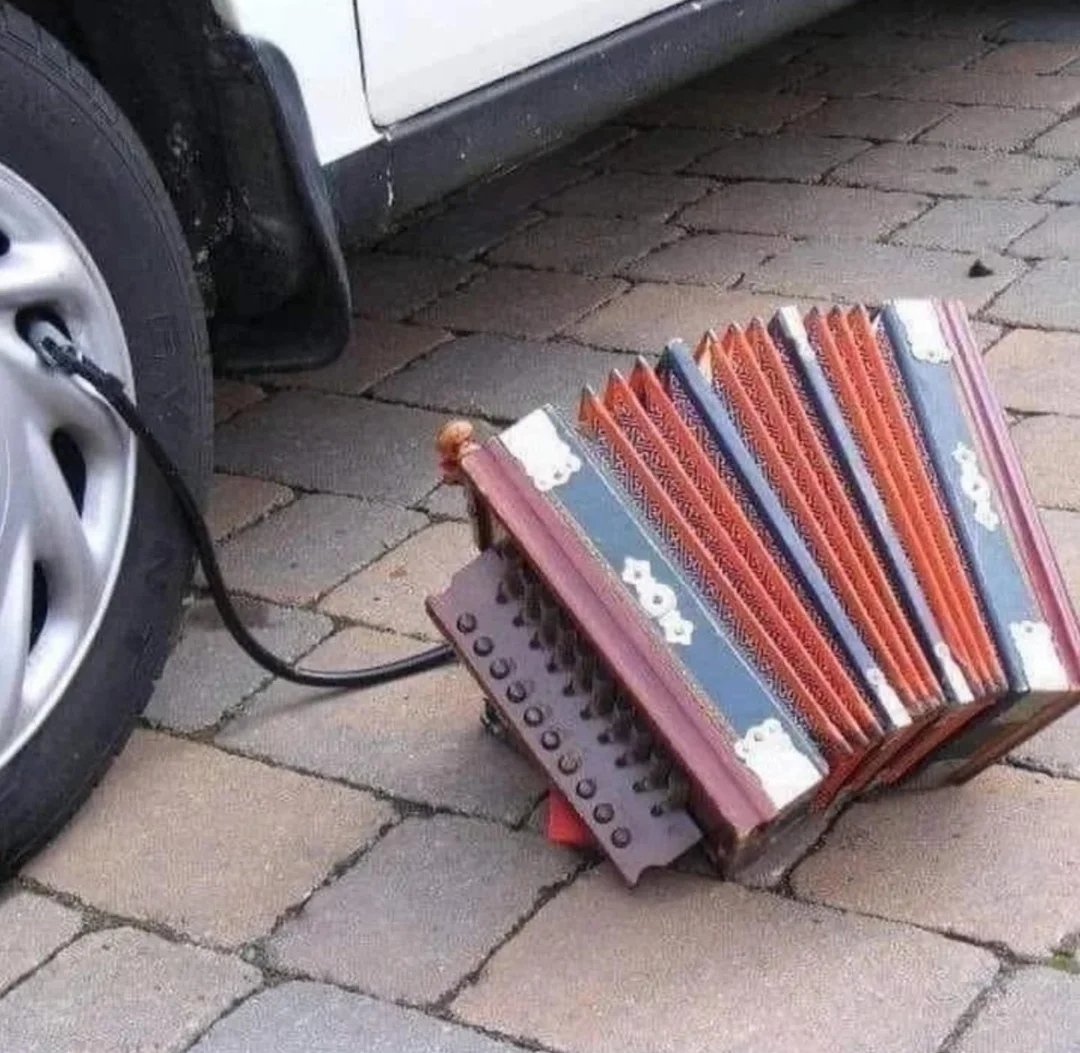- cross-posted to:
- lotrmemes@midwest.social
- cross-posted to:
- lotrmemes@midwest.social
apps running in the background is fine though.
This is correct, and to understand why - mobile operating systems handle application lifecycles differently than desktop operating systems do.
Desktop operating systems generally leave managing application lifecycles entirely up to the user - you will run out of resources by running too many applications simultaneously.
Mobile operating systems are designed from the ground up to conserve resources given their relatively weaker hardware profiles, and applications in the background will mostly gracefully shut down when other applications need their resources. This means apps that you see in the app switcher are not necessarily actually running any more - they may be dead already and get recreated when you switch to them. If you have a keen eye you can tell when this happens as there will be a longer loading time to open the app as compared to if the app is still alive once switched to.
As a general rule, it’s not a good idea to manually close apps on the app switcher, as the apps in a backgrounded state can only be opened faster at no real performance penalty - you’re actively making your experience worse by doing this.
The exception (applies for Android only, I can’t speak for iOS) is apps that show ‘persistent’ notifications - these are allowed by the system to perform more significant background work, and as such, you should scrutinize apps that do this more than others.
Apps can still start while being closed on the app switcher so you should still not do this, fwiw.
Modern desktop OSes like MacOs will dynamically fill up memory to improve performance, since unused memory is wasted memory. And will leave things in memory for as long as possible until something else needs it, then that occupied memory gets freed by pushing a chunk of memory into the swap disk. It’s why if you run MacOs for while the memory gets full, even if you don’t have anything open. But that memory will get freed if you open an application.
It’s more than fine, “killing” (you’re not really killing them, just more or less clearing a snapshot of the app at the point in time you left it) apps in the background with modern memory management is actually more harmful for battery life.
Back in the early days of iOS and Android when their memory management and optimization was garbage, yea it was better to clear out the recent apps. But it hasn’t been true for quite a few years now
So is having the brightness up. The phone looks weird dimmed.
I believe they refer to using for example full brightness in indoor spaces.
In this smartphone is caught the light of Eärendil’s star, set amid the waters of my fountain. It will shine still brighter when night is about you. May it be a light to you in dark places, when all other lights go out.
no it’s the leaving the flashlight on at all times.
“I need a new phone. It’s running slow again.”
I actually often have more unread notifications than my dad.
Also it’s not simply brightness. It’s their refusal to ever use dark mode that confuses me.
74 Tabs in pre installed default chrome
That, sir is ADHD not being old. If chrome (or Chromium based) isn’t giving you a smily face or Firefox isn’t giving the infinity symbol you’re failing at life.
…am I old?






